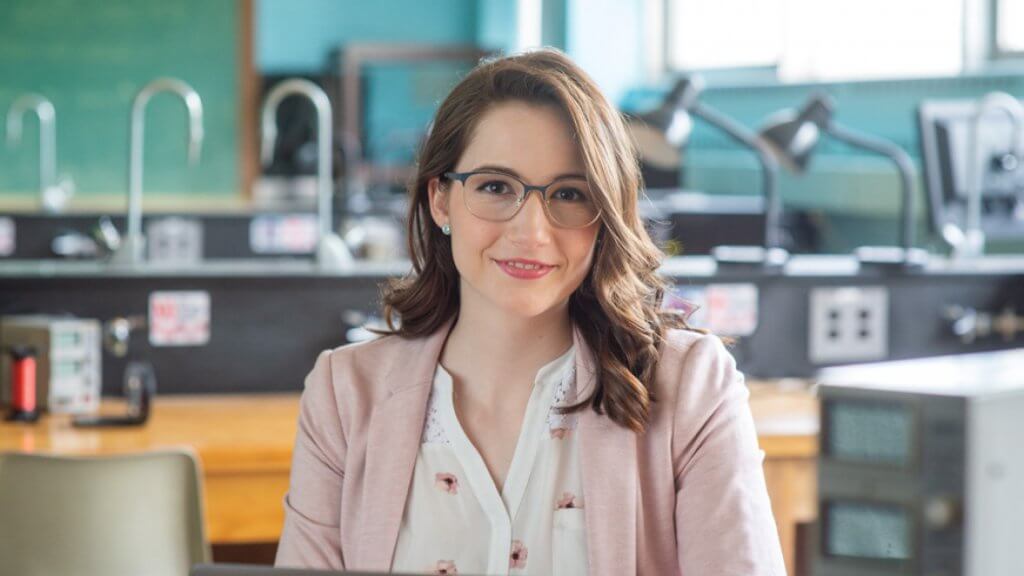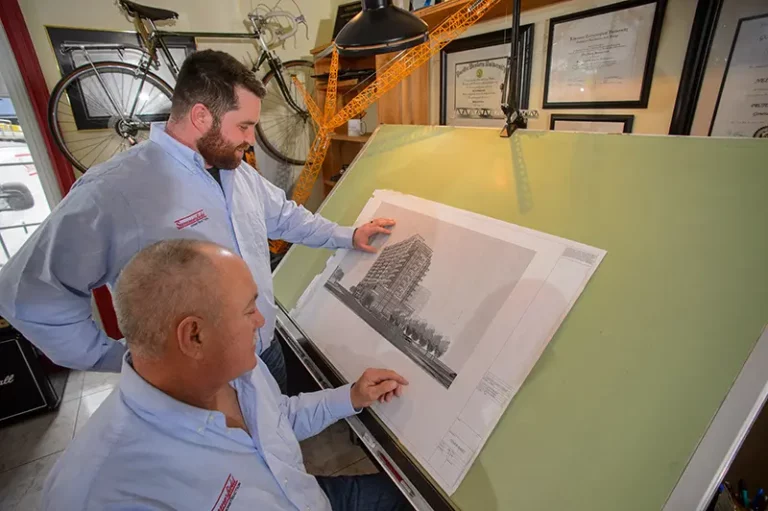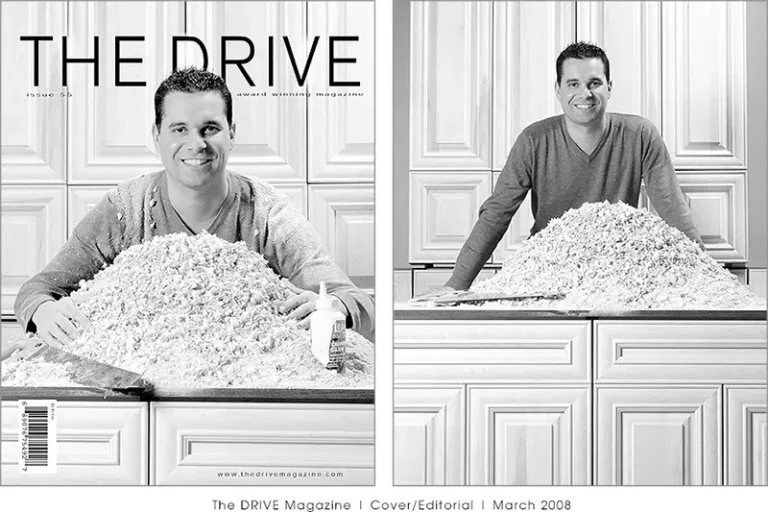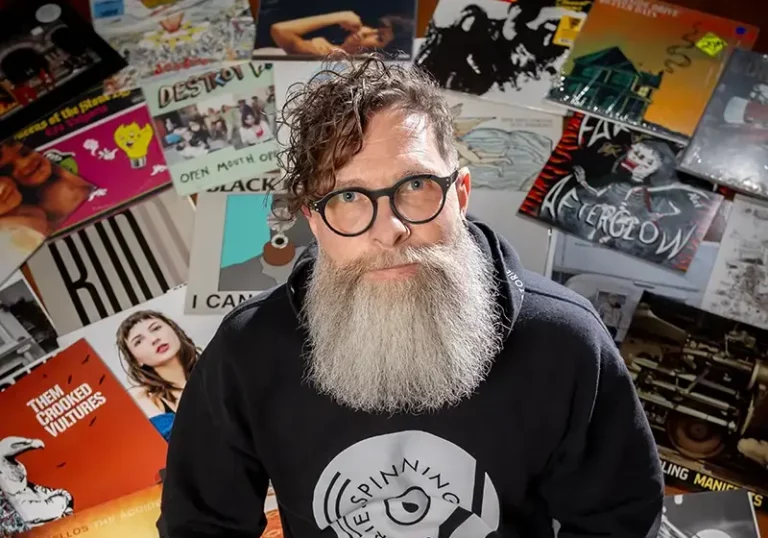Most of us have benefitted from the phrases, Hey, Siri! or Okay, Google!, where within moments we’re able to take advantage of the easy access to call someone, play a song, or to record a voice note hands-free. But how much do we really understand about the artificial assistants with which we co-exist on a daily basis?
Melissa Mathers, a technical consultant at IBM and former Windsorite who works with forms of artificial intelligence, kindly debunked my “Black Mirror bots taking over the world” conspiracy theories. “When we see these show scenarios, we’re a long way off,” she says. “There’s also a lot of initiative going into A.I. being fair and well understood, and especially that it shares our values as humans. We want to make sure it respects human life, if it ever does become as smart as us.”
The reality is, there’s only a slight possibility that we would see anything close to this type of A.I. in our lifetime, but that doesn’t mean the tech industry won’t make some amazing strides in that time. Melissa says that IBM is excited about the upcoming possibilities to integrate our lives with these assistants and are doing so in a responsible way.
Though Melissa’s position doesn’t include developing A.I., it does include training certain bots. As a consultant, Melissa is also contracted out to companies where she helps her control team solve problems through technology, user experience, and programs that are available at the office
The team that Melissa is assigned to is “Watson A.I. Technology”—this is the same bot that played on Jeopardy between 2011 and 2013. It was at that time that the A.I. was first brought to the public eye
Melissa first analyzes the needs of the company and then adapts the cognitive software accordingly. For example, when working with a client in the medical field, the assigned software could read medical papers and communicate the information back to the doctor at a faster pace. “Say 10 new papers come out in the next week about lung cancer, and the doctors don’t have time to read and process them all—the augmented intelligence can use language processing to read the documents and then spit out something that’s user-friendly. This augments the user’s knowledge so he can be a better doctor. See? It’s not meant to replace the doctor, but to assist him,” Melissa explains. Clients can use Watson to track processes, materials, manufacturing processes, machinery, or human elements. Then all of that information can be tracked and demonstrated
When the industry first began using facial recognition, there were instances where human bias creeped into the testing process. When IBM first gave the bot face recognition, it wouldn’t recognize face colour because they had only trained the A.I. with white people. “This has serious implications because now the bot is racist,” Melissa explains. Scientists have to ensure they’re giving the bot a variety of samples in which it can match and recognize those patterns later
With a Masters degree in physics from York University and highly developed communication skills, Melissa is extremely successful at conveying technological information to someone like a CEO of a company, who doesn’t have time to learn about complicated topics like cognitive computing, but who still wants to reap the benefits for her or his company.
Still, there was a brief period of time in Melissa’s undergraduate degree at the University of Windsor where she wasn’t sure if physics would be something she could pursue. The physics program required coding up to eight hours a day, which was extremely lonely and grinding work
“If you’re the type of person who likes to work on their own, it’s a great field. I’m a very people-oriented person, so I wasn’t sure that physics was right for me,” Melissa says about being halfway through her undergrad degree when hitting a low point. Her test scores weren’t reflecting her work ethic.
It was around this time that Michelle Bondy, Melissa’s mentor at the University of Windsor, introduced her to an opportunity that could blend her interests and help her find a place within the sciences. Michelle works to engage students with extracurricular learning opportunities in the sciences. What was, at Melissa’s time, all volunteer-based, became validated in 2017 as an internship or service learning for students to receive school credit
“This gives students the chance to think about all of their career options within their degrees, to make connections in the classroom, and then write reflections with me,” Michelle explains. In Melissa’s case, Michelle says, “She has a rare combo of loving science, research, and technology, while also being good at community outreach.”
Melissa was really interested in working with and educating young girls about the sciences, and Michelle paired her up with “Let’s Talk Science,” a Canada-wide organization that was opening up in Windsor for the first time
Let’s Talk Science groups reach out to children and let them know that science can be fun, creative, and that there’s a lot of problem solving to it. The initiative works with education partners and brings in hands-on science activities based on the curriculum. This way, the youth can actually experience their textbook learning, all while viewing these undergraduate guest speakers as role models
“We’re starting to see a push for getting younger women into sciences more than ever before. When I was younger, there were no programs geared to young women and work had to be done. A lot of it is showing role models who are succeeding, and that there’s a place for women in the field,” Michelle says.
One of Let’s Talk’s programs, called “Scientist Like Her,” engages eighth-grade girls with workshops on computer science, chemistry, and cancer biology topics. When they initially brought the Avian Taxidermy Club to the class, including the collection of frozen birds, the 13-year-old girls were not impressed. Once the girls actually got into the anatomy and physiology activities, “they thought it was awesome,” showing that the girls just needed to dive into the experiments. Michelle isn’t sure if this had anything to do with keeping the girls and boys separate, but it did give the girls a chance to try something they never would have if the boys had jumped into it first.
Michelle emphasizes that these programs aren’t about alienating men, because we need male allies. We need to invite men to be a part of this solution and to see some of the male faculty speak up and out for women in sciences
Even though Michelle says women typically end up in “helper roles,” and that has been seen as a negative in the past, it shouldn’t be. Someone can be in a “helper” role and still continue on in a career within the sciences.
IBM is one of the major companies that has made leaps in terms of diversity within the tech industry, but before she began working there, Melissa found that women in sciences were still underrepresented throughout her grad school experience, especially when it came to decision making or as department heads.
“In physics, they celebrate all of these men in history but there’s really good evidence that Einstein’s work was in collaboration with his wife—she just never got the credit. It was hard being deep in the problem,” Melissa says, “because without role models present it’s harder to feel like you can identify with others in the group.”
Melissa adds that the conversation around equity, inclusion, and diversity shouldn’t be focused on getting girls interested in the sciences and maths, because they already are. It’s not a matter of ability when we look at taking away stereotypes, threats, or studies published in journals
“There are different levels of encouragement for girls and boys, and the harassment plays a part with unwelcome advances. When girls get to middle and high school, they are shamed for their interest or encouraged in an opposite direction because they’re good at languages, drawing, or teaching. Even if they have straight A’s in everything, they’re encouraged in that one direction.”
Teachers, guardians, and mentors play an important role in whether they encourage girls or push them away from it. “For the girl in your life who is interested in technology, how do you support her?” Melissa asks
She suggests having these difficult conversations about foreseeable obstacles, but also letting girls know that there’s always work in the sciences where they can be surrounded by allies and role models, even though it’s hard to see them at first. “If I could tell my parents what I needed to hear in high school and university, it would be to talk about those struggles because we are at a historic disadvantage. It’s important to help girls build a support network, to make sure they feel comfortable and have someone to go to.”
One of Melissa’s go-to people was her favourite professor at the University of Windsor, and current physics department head, Steven Rehse.
Steven says he’s not particularly suited to say what the issues are with gender parity in the sciences, but when his colleague Rebecca Lang went to represent the school in the Canadian Undergraduate Women in Physics Conference, she learned about the power of imposter syndrome on women in physics. “Though everyone feels this way,” he says, “research shows that women feel it a little more strongly and it can really affect their self-image and desire to want to stay in something.”
This imposter syndrome heightens the fear that already lives within the modern high school student, who is petrified of seeming stupid. Once students finally do enter the university world, professors have to reinvent the wheel and find the spark of passion behind the fear.
“I’m an experimental physicist; what we do is 90% failure,” Steven says. “You work all year for the thing to work one time, but it makes the accomplishment all the sweeter. This is something we have to learn psychologically: are you really going to understand everything? This stuff is hard and you’re going to fail, but it’s okay.”
Young children naturally have this fearlessness of failure, which is why reaching students at a younger age is more important than ever
With a projected number of 70% of the future’s jobs requiring STEM (Science, Technology, Engineering, Math), it’s important that young students are engaged within the sciences, and this means providing more activity-based learning that relates back to textbook learning
“That’s why FIRST Robotics has been so successful in the STEM program,” Steven says. “It’s an actual activity with competitions, tasks and themes in science exploration, and they get to program it in the computer. This ‘doing’ will increase the probability of kids actually going into something like this.”
This is evident in Melissa’s case, where she needed to find work that would stimulate two of her passions: she needed a tech background to understand software, and communication skills to make things accessible and engaging while she’s consulting
Steven says Melissa, and most of his lab students, were never the top academic students in their class, yet they made really important contributions
“As a communicator, Melissa wound up in a job that I don’t think any of us could have done. She has a willingness to help, and always took a lot of initiative to organize and lead people as the president of the Physics Club. That is a strength, and we have to play to them rather than compare ourselves to other students,” Steven concludes.
In order to be a scientist, a person has to be curious. Unfortunately, this native curiosity can become quashed as students reach the higher grades. It takes only one teacher or mentor to get students into the labs and activities, opposed to having them watch it passively
Just as schools have a soccer team or track team, making STEM programs a “normal thing” in which students can participate may increase the number of students interested in sciences…and motivate them to stay



